 |
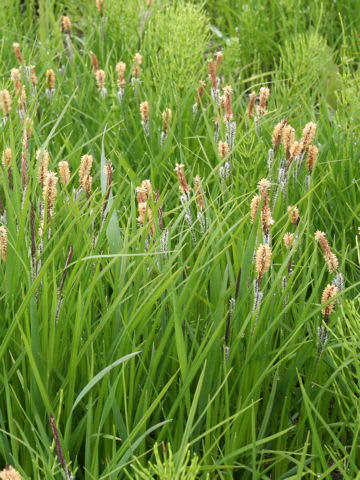

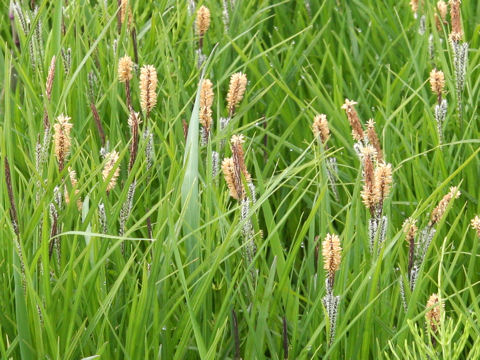

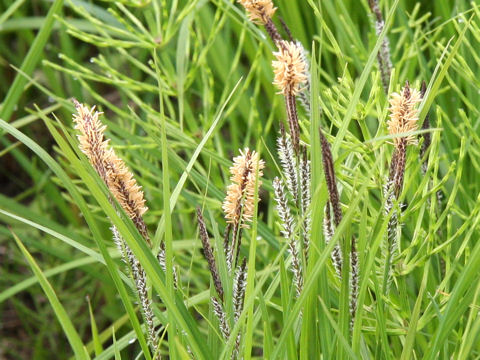

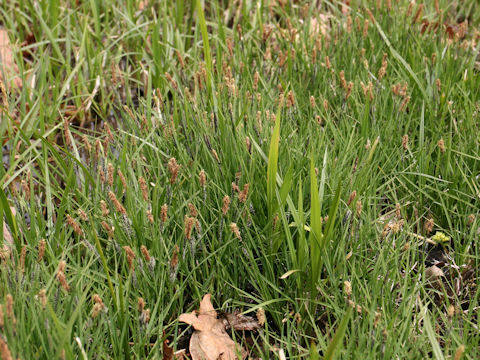

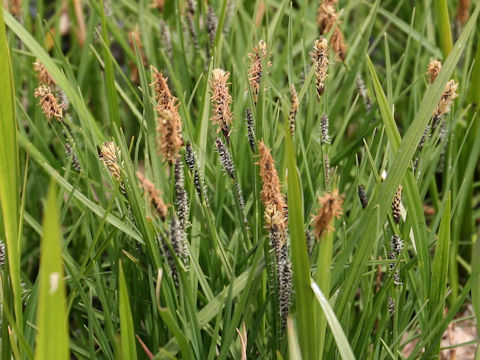

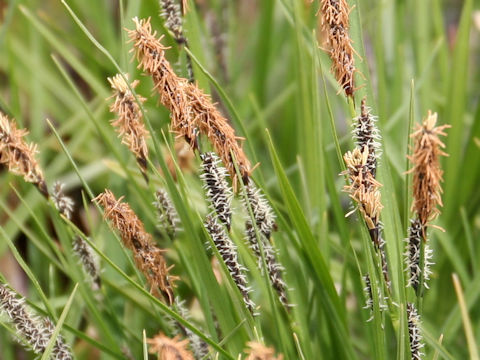

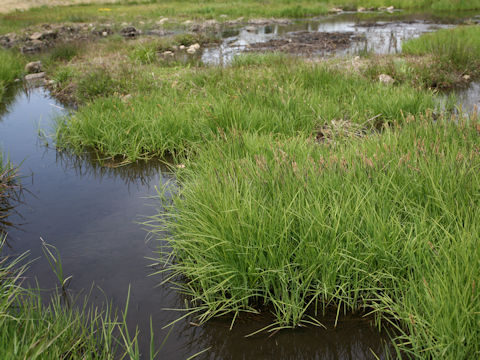

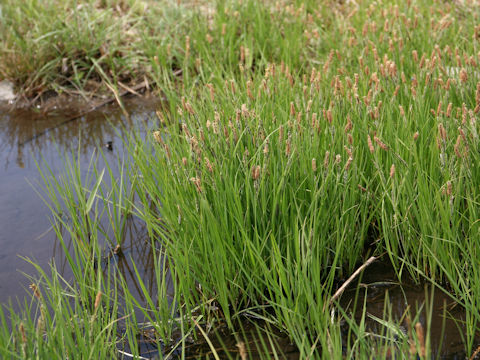

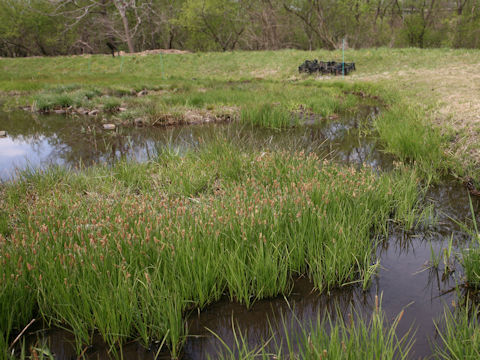

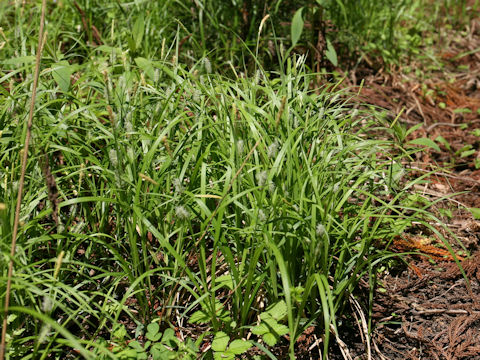

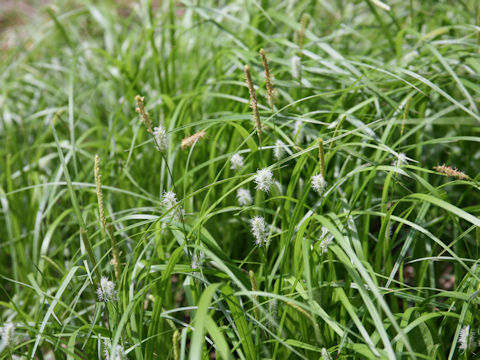

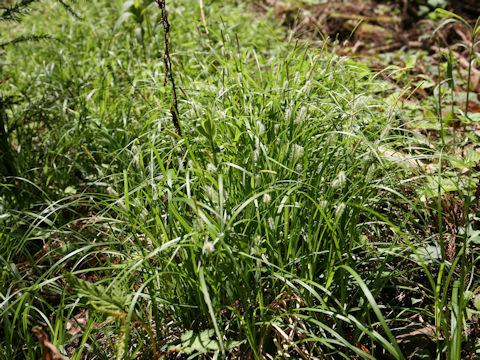

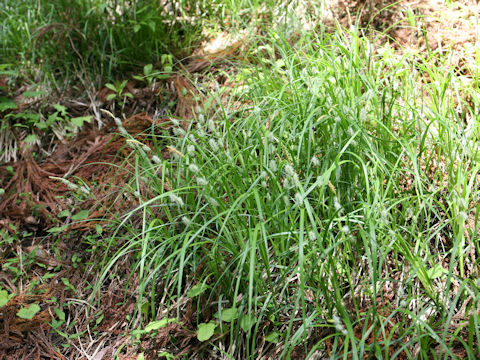

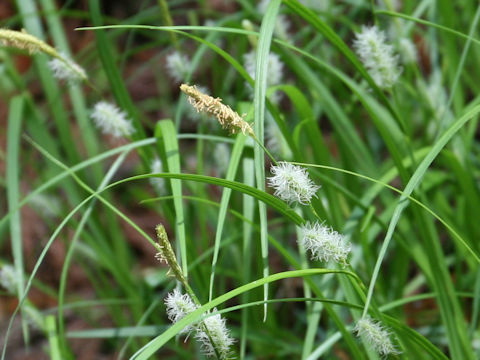

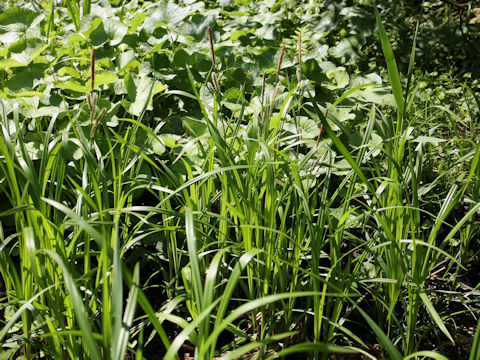

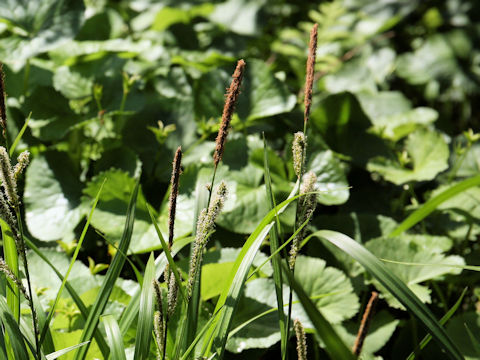

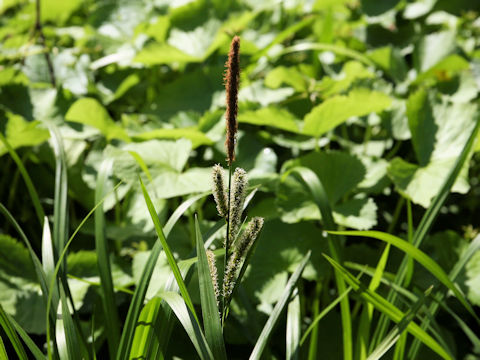

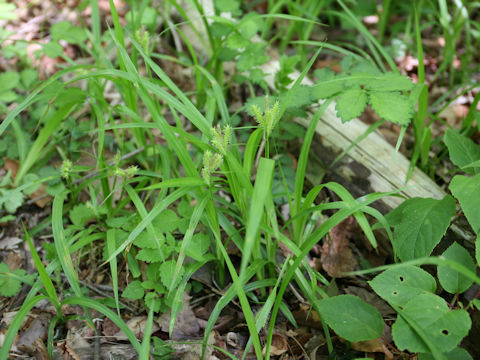

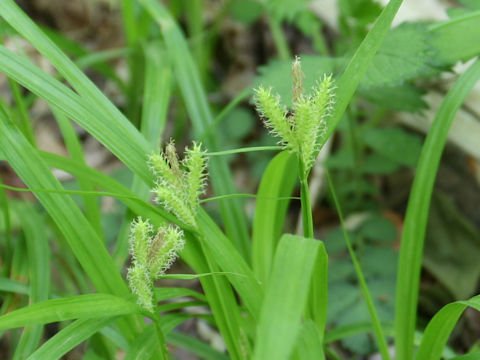

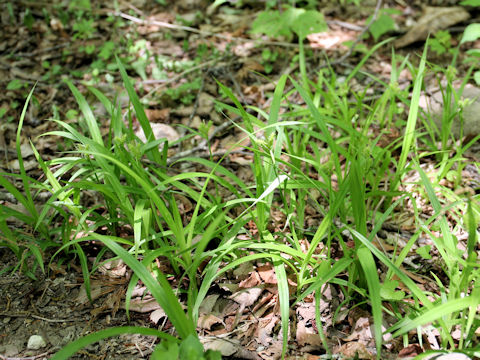

|

|
íªÌkC¹©ç{BɪzµÄ¢Ü·BcñÚÌÈâìÝA¼´ÌüÓÈÇɶ¦A³ÍQO`WOZ`ÉÈèÜ·Bnɳ´}ðLεÄAµÎµÎQð`¬µÜ·BtÍü`ÅAºÊͲFðÑÑÜ·BS©çU²ëAÔs̸ÉR`TÂ̬äð¯ܷBP`QÂ̸¬äÍY«ÅA¤¬äÍ«Å·B
|

|
JcOTÈXQ®Ì½NÅAw¼Í Carex thunbergiiBp¼Í èܹñB
|

|
The "Aze-suge" (Carex thunbergii) belongs to Cyperaceae (the Sedge family). It is a perennial herb that is native to Hokkaido and Honshu in Japan. This herb grows on rice field linches, stream banks or around bogs, and can reach 20-80 cm in height. It speads under ground by stolons and often forms clumps. The leaves are linear and tinged powdery white on abaxial sides. The 3-5 spikes are borne on the tip of flowering stalks from April to June. The 1-2 acrogyrous spikes are male and the pleurogerous spikes are female.
|

|
[ãEP`Q] éʧ³¢½Üsuc´vÉÄA2010N0411úBeB
[R`U] {é§ìè¬xquÝ¿ÌÎÈövÉÄA2021N0424úBeB
[V`PP] {é§åäs¾æu¾RvÉÄA2021N0508úBeB
[PQ`PS] {é§åäs¾æuåqRvÉÄA2021N0513úBeB
[PT`PUEº] {é§åäs¾æuË_RvÉÄA2021N0515úBe
|



















